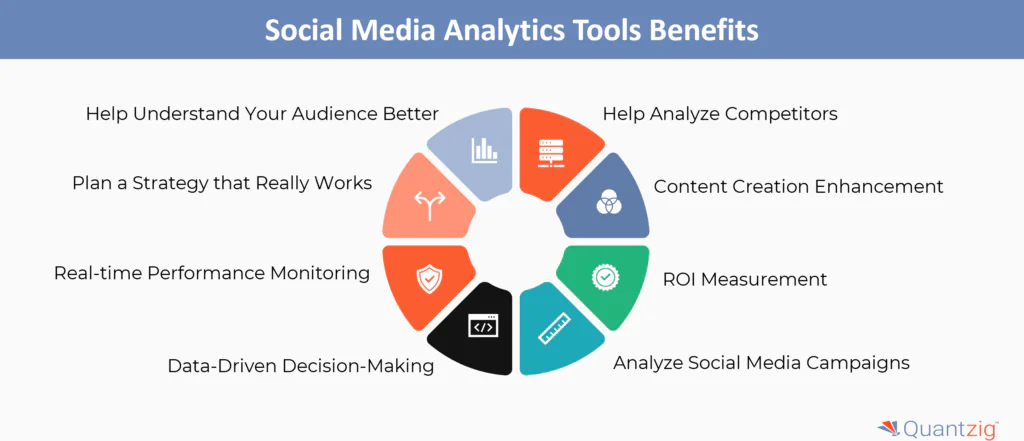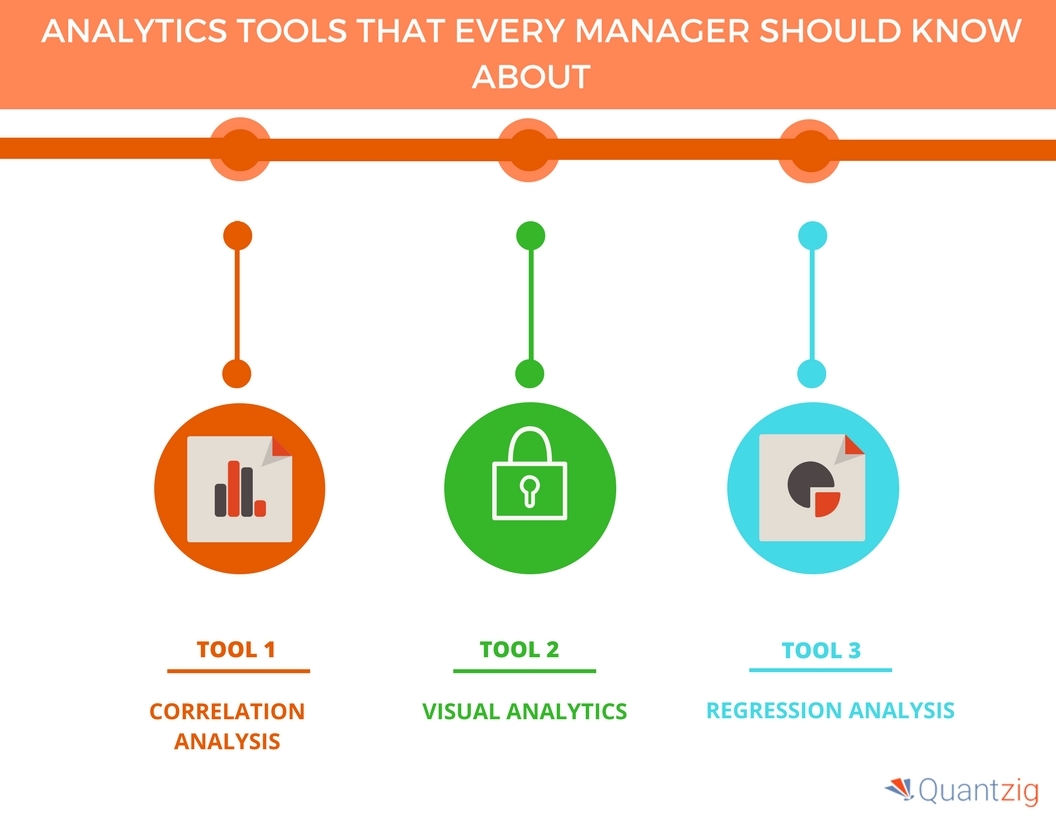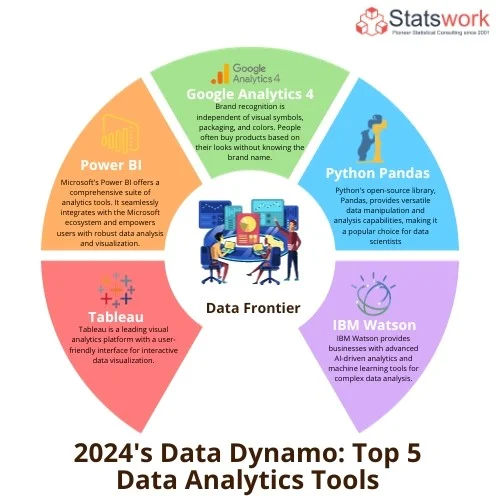Drive Development and Innovation Via Smart Analytics Applications
Drive Development and Innovation Via Smart Analytics Applications
Blog Article
Boost Efficiency and Success With Data Analytics
In today's data-driven landscape, organizations are significantly recognizing the critical duty of data analytics in boosting operational performance and success. By methodically evaluating information, companies can discover critical insights that notify strategic decisions, simplify processes, and dressmaker consumer experiences.
Understanding Information Analytics
In today's data-driven landscape, recognizing data analytics is necessary for organizations aiming to boost operational efficiency and drive earnings. Information analytics involves the methodical computational evaluation of information sets to uncover patterns, connections, and understandings that educate decision-making. By employing different strategies, such as analytical evaluation, device discovering, and anticipating modeling, companies can transform raw data into actionable intelligence.
The process generally begins with information collection, where pertinent information is collected from multiple sources, including transactional databases, customer interactions, and market patterns. This data is then cleaned up and organized to make sure precision and consistency. Once the data is prepared, analytical tools and software application are used to check out and picture the details, making it possible for stakeholders to recognize fads and abnormalities.
Eventually, comprehending data analytics equips organizations to make informed choices based upon empirical proof instead of intuition. It facilitates targeted strategies that can maximize source allotment, improve consumer fulfillment, and improve overall efficiency. As businesses progressively acknowledge the value of data-driven understandings, a solid grasp of information analytics ends up being a critical expertise for leaders and groups alike, placing them for continual success in a competitive setting.

Secret Benefits for Companies
Organizations that take advantage of information analytics can unlock a multitude of benefits that significantly boost their operations and earnings. One of the main advantages is improved decision-making. Information analytics provides actionable understandings derived from real-time information, permitting companies to make enlightened choices that line up with market needs and consumer preferences.

Furthermore, data analytics promotes improved client experiences. By recognizing consumer actions and choices, companies can tailor their offerings, resulting in enhanced fulfillment and commitment. This tailored strategy often results in higher conversion prices and repeat organization.
In addition, information analytics makes it possible for organizations to recognize arising possibilities and patterns. By staying ahead of the contour, companies can profit from new markets and developments before their rivals.
Carrying Out Data-Driven Methods
Successful implementation of data-driven strategies calls for a detailed understanding of both offered information and business goals resources. Organizations should initially define their objectives plainly, making sure alignment in between data initiatives and critical goals. This clarity makes it possible for groups to concentrate on relevant metrics and understandings that drive decision-making.
Next, organizations need to assess their existing information infrastructure. This entails examining data high quality, ease of access, and assimilation capabilities. Top quality information is important for exact analysis, as bad data can cause misguided methods and wasted sources. Organizations must establish procedures for data collection, cleaning, and monitoring to maintain data stability.
In addition, fostering a data-driven culture is crucial. Workers in any way degrees need to be encouraged to take read what he said advantage of data in their everyday procedures. Educating workshops and programs can boost information literacy, equipping team to make enlightened choices based upon logical understandings.
Tools and Technologies Overview
A robust suite of innovations and devices is necessary for companies intending to harness the complete possibility of information analytics. These devices assist in the collection, handling, and visualization of data, allowing services to obtain actionable insights.
At the foundational level, information monitoring systems such as SQL data sources and NoSQL systems supply effective data storage and retrieval capabilities. For data handling and evaluation, shows languages like Python and R, along with structures such as Apache Spark, allow complicated calculations and artificial intelligence applications.
Visualization devices, consisting of Tableau and Power BI, change raw data into instinctive visual styles, making insights obtainable to stakeholders in all levels. Additionally, cloud-based systems like Google Cloud and AWS provide scalable storage and handling services, accommodating the expanding volumes of information companies experience.
For advanced analytics, anticipating modeling and AI-driven services are increasingly taken on, allowing firms to forecast fads and improve decision-making processes. Incorporating these tools right into existing workflows is extremely important; companies that successfully utilize this innovation can significantly boost operational performance and drive success. Hence, investing in the right devices and innovations is a critical critical for any type of data-driven company.
Study of Success
Leveraging data analytics has led numerous organizations to attain impressive renovations in effectiveness and productivity. One notable situation is a huge retail chain that applied predictive analytics to optimize inventory administration. By examining historic sales information and consumer trends, the firm reduced excess inventory by 30%, resulting in considerable expense financial savings and boosted capital.
An additional instance can be located in the production field, where a leading auto manufacturer utilized information analytics to boost its manufacturing procedures. By great site checking equipment efficiency in real-time, the organization determined bottlenecks and inefficiencies, causing a 20% rise in general devices effectiveness (OEE) This not only boosted manufacturing prices however likewise reduced downtime and maintenance prices.

These situation studies highlight how information analytics can drive strategic decision-making, enhance procedures, and ultimately improve both efficiency and earnings throughout various markets.
Conclusion
Finally, the assimilation of data analytics right into organization operations provides substantial chances for boosting efficiency and success. By methodically analyzing data, companies can recognize inefficiencies, enhance consumer experiences, and make informed decisions. The adoption of anticipating modeling and real-time surveillance further allows organizations to stay ahead of emerging trends and assign resources properly. Ultimately, the calculated execution of data-driven techniques fosters sustained competitive advantages and drives considerable enhancements in functional performance and monetary results.
In today's data-driven landscape, recognizing information analytics is crucial for companies intending to improve operational efficiency and drive profitability. Information analytics entails the methodical computational analysis of data collections to discover patterns, connections, and insights that educate decision-making. Information analytics offers actionable understandings obtained from real-time data, allowing businesses to make enlightened selections that align with market demands and customer choices.
High-quality data is necessary for precise analysis, as inadequate data can lead to misguided approaches and lost resources. Organizations must develop processes for information collection, cleaning, and more helpful hints monitoring to preserve data stability.
Report this page